Found 20 movies, 0 TV shows, and 0 people
Can't find what you're looking for?
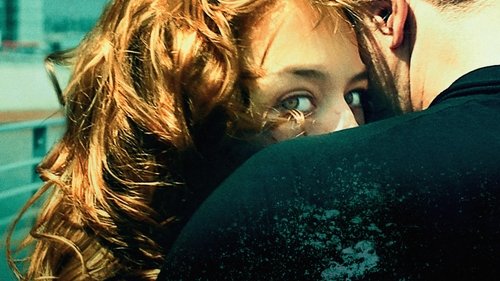
Undine is a historian and tour guide at the Berlin City Museum specializing in urban development, while Christoph is an industrial diver. Linked by a love of the water, the two form an intense bond, which can only do so much to help Undine overcome the considerable baggage of her former affair.
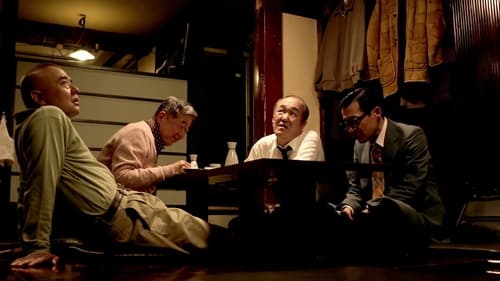
Underground people who exhale toxic gas appear in Tokyo's S-Ward, which is dealing with construction noise from urban development projects. Everyone panic, but it turns out that five middle-aged guys are unaffected by the poisonous gas. They undergo vigorous training to fight the underworld people, but are they going to be able to save the world…?

Two penniless orphans, Black and White, struggle to survive on the mean streets of Treasure Town. When a megacorporation threatens to tear down the town to build an amusement park, Black and White engage in the fight of their life.
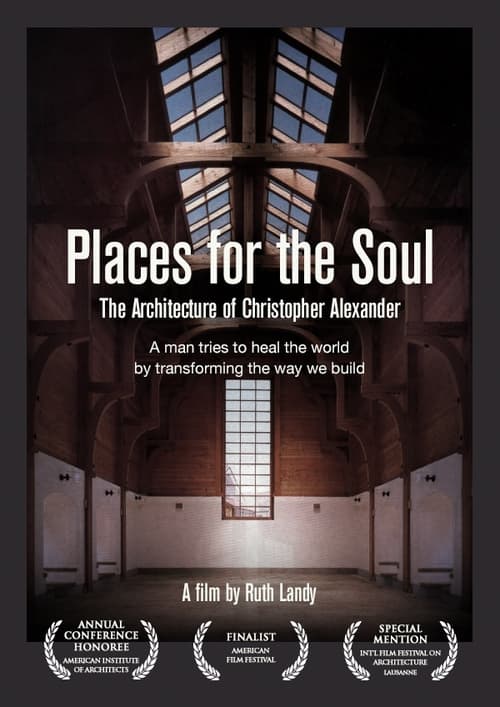
An intimate portrait of Christopher Alexander, a critic of modern architecture on a lifelong quest to build harmonious, livable places in today’s world. The film tells the story of two projects – a spectacular high school in Japan and an innovative homeless shelter in California. For Alexander, feelings come first, users are deeply engaged and process is paramount. We discover what happens when an architect’s unconventional method collides with standard practices in his profession.

Su Friedrich's personal essay charting the destruction of Williamsburg, Brooklyn. After living in the neighborhood for 20 years, the filmmaker was one of many who were forced out after the city passed a rezoning plan allowing developers to build luxury condos where there were once thriving industries, working-class families, and artists. Filmed over many years, it is a scathing portrait of one neighborhood's demolition and transformation.
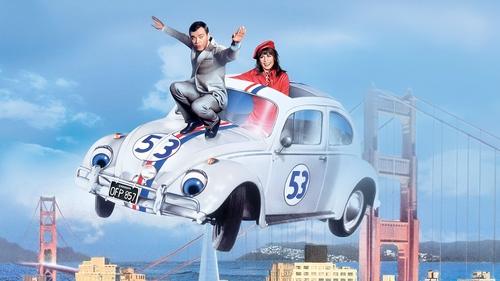
The living Volkswagen Beetle helps an old lady protect her home from a corrupt developer.
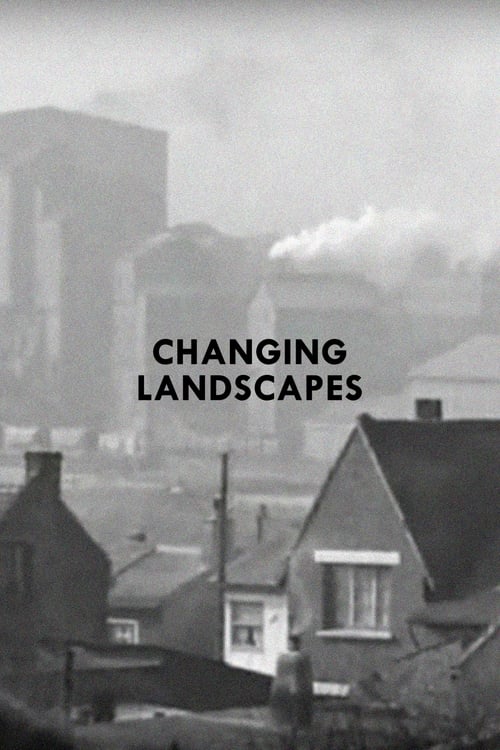
A sophisticated and beautifully constructed account of landscape change in and around Paris in the early 1960s. The film raises complex issues about the meaning and experience of modern landscapes and the enigmatic characteristics of features such as canals, pylons and deserted factories. Rohmer also explores the role of landscape within different traditions of modern art and design and refers to specific architects, artists and engineers.
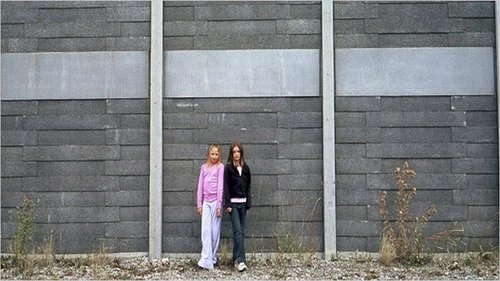
Since the end of World War II, one of kind of urban residential development has dominate how cities in North America have grown, the suburbs. In these artificial neighborhoods, there is a sense of careless sprawl in an car dominated culture that ineffectually tries to create the more organically grown older communities. Interspersed with the comments of various experts about the nature of suburbia
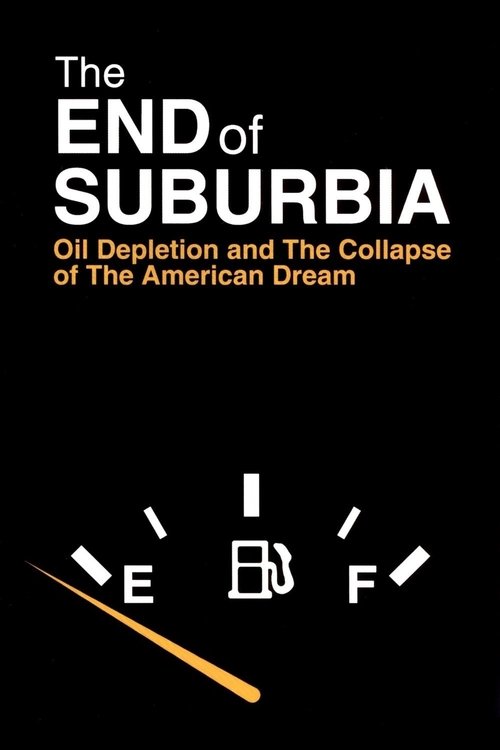
Since World War II North Americans have invested much of their newfound wealth in suburbia. It has promised a sense of space, affordability, family life and upward mobility. As the population of suburban sprawl has exploded in the past 50 years Suburbia, and all it promises, has become the American Dream. But as we enter the 21st century, serious questions are beginning to emerge...
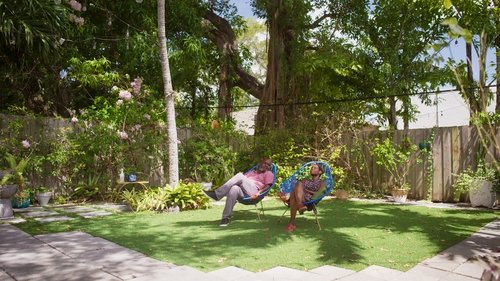
While looking for a new home for his family, a Haitian demolition worker is faced with the realities of redevelopment as he is tasked with dismantling his rapidly gentrifying Miami neighborhood.

Prague faces the challenge of a new zoning plan. The city's development leads to conflicts between the private developer lobby, city residents, and elected officials. By following several years of town council meetings, the film paints an image of a public policy apparatus that ignores the role of the urban planner. Using a journalistic approach, the filmmaker attempts to depict all points of view, although in the end the dominant perspective is of those who believe in the city as an expression of culture and quality of life.
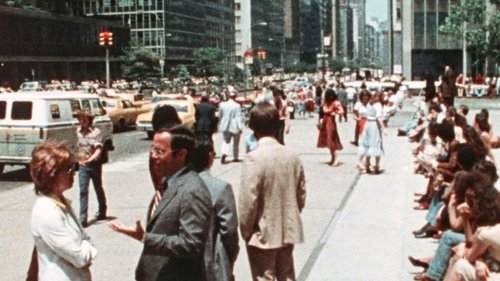
This witty and original film is about the open spaces of cities and why some of them work for people while others don't. Beginning at New York's Seagram Plaza, one of the most used open areas in the city, the film proceeds to analyze why this space is so popular and how other urban oases, both in New York and elsewhere, measure up. Based on direct observation of what people actually do, the film presents a remarkably engaging and informative tour of the urban landscape and looks at how it can be made more hospitable to those who live in it.

A couple moves from the country to istanbul to get proper schooling for their son, who has Down syndrome. However, the house they move to will be demolished in a number of months, the father can't get a job and has to resort to begging. Meanwhile, the stipend for their son's disability they'd thought they'd get when moving to the city and which they were depending on to live and pay for his school, is suddenly in doubt.

Recent graduate, Arthur Macdonald, narrowly avoids a collision with a truck when he takes a short-cut to work. In his job as traffic safety engineer he proposes to erect a median barrier to prevent collisions. His proposal meets with derision from his boss and indifference from the politicians and the public, but Arthur isn't about to give up. He struggles on toward his goal, despite limited resources, office politics, and City politics.

Greek internal migrants in Athens, after the Greek Civil War colonize the tops of the Tourkovounia hills.

Rotterdam 2040 is a film about the city’s future, departing from the principle of Gyz La Rivière that you can’t look ahead without considering your past (something that hasn’t always been Rotterdam’s strongest feature). At high speed, La Rivière reconstructs the history of Rotterdam from the time before the bombings until now, and expands the developments to the year 2040 (100 years after the bombing and the 700th anniversary of the city). La Rivière made a specific choice to expose his personal vision, which is sometimes radical or a little absurd. So no experts and no talking heads, but an assault of old and new imagery, held together by La Rivière as the narrator of the film. Although Rotterdam 2040 deals with architecture and urban renewal, it is actually a film about people. The subjective experience of the city by its (future) occupants mainly determines the parade of architectural blunders and suggestions for the future. All tongue-in-cheek of course.

A prescient portrait of late-1970s Washington, D.C., that chronicles the city's creeping gentrification, the systematic expulsion of poor Black residents, and the community response in the form of the Seaton Street Project, in which tenants banded together to purchase buildings.
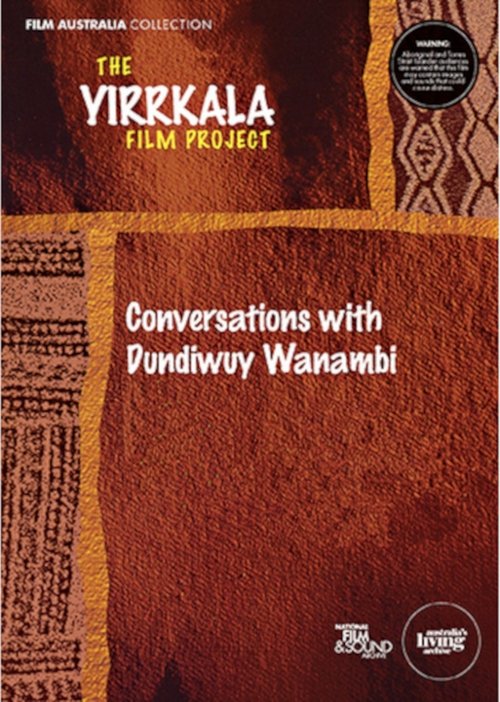
Yirrkala is an Aboriginal township on the Gove Peninsula in Northeast Arnhem Land. It was established as a Methodist mission in 1935 and over the years Yolngu from many different clans moved there. Conversations With Dundiwuy Wanambi is a personal film which reveals something of the struggles and thoughts of one elder in the face of enormous change. In the early years Dundiwuy was a heavy drinker. In a disturbing interview in a pub, Dundiwuy explains his reasons for drinking. Then, through a dream, Dundiwuy realizes he must begin to protect his family and clan. He establishes his Marrakulu clan homeland center at Gurka'wuy, south of Yirrkala. He will hold a great ceremony there. Years later Dundiwuy returns to Yirrkala. His clan is small and he did not receive the necessary support from his sons. But Dundiwuy endures, continues his struggle, and we learn in the post-script of how he has become a successful and sought-after artist.
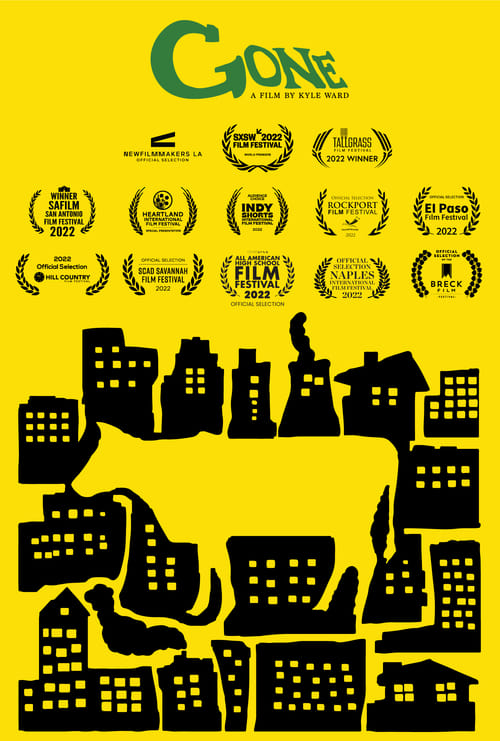
As development encroaches on a farming community, they struggle with the loss of their heritage and land.

In the new world of high-speed highway driving, there are a host of new dangers to take into account.